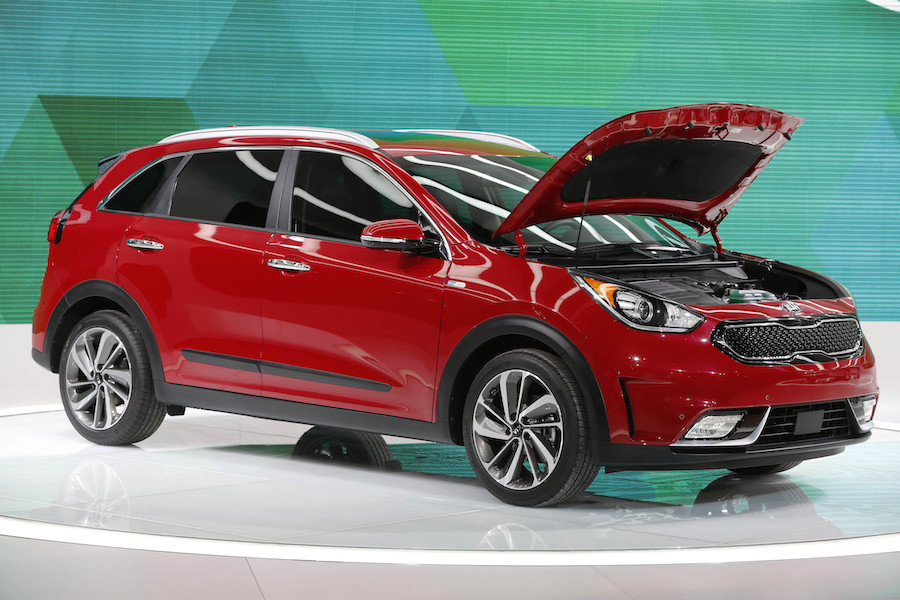Fuel Economy of Hybrid Cars
Fuel economy simulation recent results for various engines in series hybrids are compared in Table 2 for that FUDS and FHWDS driving cycles. For the midsize little cars, fuel economy depends considerably around the technology utilized in the driveline. Using diesel engines leads to the greatest fuel economy (mpg of diesel fuel) however, in the energy consumption (kJ/mi) and CO2 emission (gm CO2/mi) points-of-view, the benefit of diesel engine in accordance with gasoline-fueled engines ought to be discounted to mirror the greater energy and also the carbon content per gallon of diesel fuel when compared with gasoline.
These discount factors are 15-20 percent. The simulation results also indicate that for the similar kind of engine, the fuel economy could be 10-20 percent greater using ultracapacitors instead of batteries because the energy hard drive. The greatest fuel financial aspects are forecasted for vehicles using fuel cells. The fuel economies (gasoline equivalent) from the fuel cell vehicles using compressed hydrogen have to do with two times individuals of hybrid vehicles with direct injected gasoline engines contributing to 80 % greater than vehicles with diesel engines. All of the fuel cell vehicle designs utilized an energy cell load-leveled having a nickel metal hydride battery permitting it to function at high quality whatsoever occasions.
In comparisons between your fuel economies of conventional passenger cars and individuals using series hybrid drivelines, the hybrid vehicles have a similar weight and road load because the conventional cars. Still, the effective use of the hybrid driveline led to in regards to a 50 % improvement in fuel economy for that FUDS cycle contributing to a ten percent step up from the FHWDS (highway cycle). The fuel economy from the conventional cars was obtained from the Environmental protection agency Fuel Economy Guide remedied by 10 % for that FUDS and 22 percent for that highway cycle. These corrections were created, since the actual dynamometer fuel economy test data have been reduced by individuals factors so the printed fuel economies could be in better agreement with values familiar with the real life.
The fuel economy of series and parallel hybrid vehicles are compared in Table 3 for the compact, lightweight, and midsize cars. The series hybrids are assumed to function only within the charge sustaining mode (no battery recharging in the wall plug), however the parallel hybrids can be employed in either the charge sustaining or charge depleting mode. Within the situation from the parallel hybrid within the charge depleting mode, the fuel economy is offered for gasoline alone and also at the powerplant (pp) including energy required to recharge the batteries in the wall plug. For hybrid vehicles using gasoline engines (port injected), the fuel economy from the parallel hybrid vehicles within the charge sustaining mode (batteries billed in the engine-not in the wall plug) is 9 to 12 % greater compared to the series hybrids.
For that powerplant efficiency (33%) assumed within the calculations, the parallel hybrids operating within the charge depleting mode (battery billed only in the wall plug) had only one to 4 % greater equivalent fuel economy compared to same vehicle operating within the charge sustaining mode. When the batteries were recharged using electricity from the greater efficiency powerplant, the fuel economy benefit of the parallel hybrid within the charge depleting mode could be lighter.



Comments are closed.